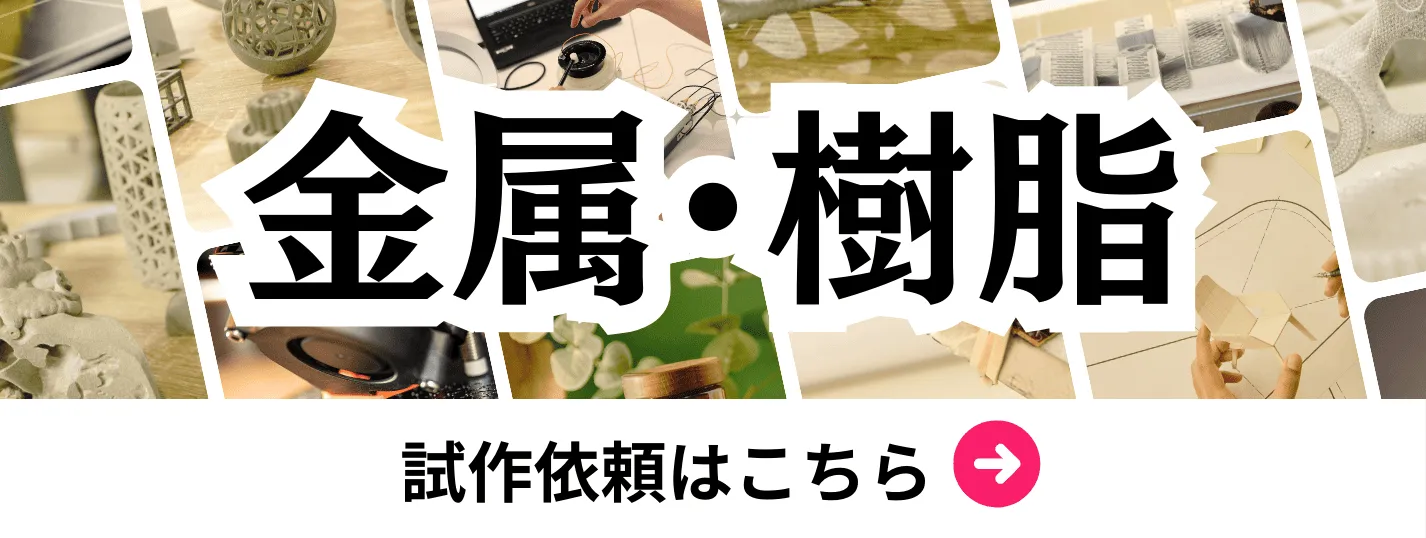- お役立ち記事
- The forefront of automotive parts/unit prototyping: A method to simultaneously verify embedded control and mechanism design
月間76,176名の
製造業ご担当者様が閲覧しています*
*2025年3月31日現在のGoogle Analyticsのデータより

The forefront of automotive parts/unit prototyping: A method to simultaneously verify embedded control and mechanism design

目次
Introduction to Automotive Parts Prototyping
The automotive industry is a complex ecosystem where innovation and technology constantly push the boundaries of what’s possible.
One area that has seen significant advancements is the prototyping of automotive parts and units.
Prototyping plays a crucial role in the design and development process, allowing engineers to test and refine concepts before they hit the production line.
In today’s fast-paced automotive landscape, there’s a united effort to enhance the way we prototype parts, with a focus on simultaneously verifying embedded control systems and mechanical design.
The Importance of Prototyping in the Automotive Industry
Prototyping is the bridge between an idea and its physical manifestation.
In the automotive sector, it’s essential for several reasons.
Firstly, it helps engineers test the feasibility of their designs.
They can experiment with different materials, dimensions, and configurations to find the most effective solution.
Additionally, prototyping enables team members to identify potential flaws or defects early in the process, preventing costly errors down the road.
Moreover, automotive parts must meet strict safety and performance standards.
Prototyping is a vital step in ensuring these criteria are met.
By creating accurate and functional models, engineers can validate how a part will perform under various conditions.
This is especially important for components with embedded control systems, where both electronic and mechanical elements must work seamlessly together.
Challenges in Prototyping Embedded Control Systems
Embedded control systems are an integral part of modern automotive designs.
These systems are responsible for managing various functions, from engine control to infotainment operations.
However, the complexity of integrating electronics with mechanical parts poses a significant challenge.
One of the primary issues is ensuring that the control systems communicate flawlessly with mechanical components.
Errors in communication or synchronization could result in performance issues or even safety hazards.
Furthermore, as vehicles become more sophisticated with advanced driver assistance systems (ADAS) and autonomous features, the need for precise and reliable control systems becomes even more critical.
Simultaneous Verification: A New Approach
To address these challenges, the industry is embracing a method known as simultaneous verification.
This involves testing both the embedded control systems and the mechanical designs in tandem, rather than separately.
By doing this, engineers can observe how both elements interact in real-time and make adjustments as needed.
Simultaneous verification offers several advantages.
It accelerates the prototyping process by eliminating the need for separate testing phases, thereby reducing development time and costs.
Moreover, it provides a more comprehensive understanding of how the final product will function, leading to improved performance and reliability.
Implementing Simultaneous Verification
The implementation of simultaneous verification requires an integrated approach.
It often involves the use of sophisticated simulation software and hardware tools that can replicate the conditions a vehicle will experience.
These tools allow engineers to test scenarios that would be difficult or dangerous to recreate with physical prototypes.
Additionally, collaboration across different engineering domains is crucial.
Mechanical engineers, electronics specialists, and software developers must work together closely to ensure every aspect of the design is considered and optimized.
Cross-disciplinary communication streamlines the process and helps prevent issues that could arise from isolated testing.
Case Studies in Successful Prototyping
Several automotive companies have already adopted simultaneous verification, showcasing its benefits in real-world applications.
For instance, an automaker developing a new hybrid vehicle model used this approach to test the integration between the engine control unit and the electric motor.
By verifying both embedded controls and mechanical components together, they were able to optimize energy efficiency and reduce emissions.
Another example is a manufacturer working on autonomous vehicle technology.
With the help of simultaneous verification, they fine-tuned the interactions between sensors, cameras, and mechanical controls, significantly enhancing the vehicle’s responsiveness and safety features.
Future Trends in Automotive Prototyping
As technology continues to evolve, the methods for prototyping automotive parts are expected to advance further.
One future trend is the increased use of artificial intelligence and machine learning in the prototyping process.
AI can analyze vast amounts of data and provide insights that help optimize designs and enhance performance predictions.
Additive manufacturing, or 3D printing, is another area poised for expansion.
This technology allows for rapid prototyping of complex parts, enabling engineers to test and modify designs swiftly.
When combined with simultaneous verification, 3D printing can further streamline the production of innovative automotive components.
Conclusion
Automotive parts prototyping is a critical component of the industry’s innovation cycle.
By adopting methods like simultaneous verification, manufacturers can improve the reliability and performance of their products while reducing development time and costs.
As the automotive world moves towards more sophisticated and interconnected vehicles, embracing cutting-edge prototyping technologies will continue to be a key factor in achieving success.
This approach not only ensures a new standard of quality and safety but also steers the industry towards a more efficient and integrated future.
 資料ダウンロード
資料ダウンロード
QCD管理受発注クラウド「newji」は、受発注部門で必要なQCD管理全てを備えた、現場特化型兼クラウド型の今世紀最高の受発注管理システムとなります。
 ユーザー登録
ユーザー登録
受発注業務の効率化だけでなく、システムを導入することで、コスト削減や製品・資材のステータス可視化のほか、属人化していた受発注情報の共有化による内部不正防止や統制にも役立ちます。
 NEWJI DX
NEWJI DX
製造業に特化したデジタルトランスフォーメーション(DX)の実現を目指す請負開発型のコンサルティングサービスです。AI、iPaaS、および先端の技術を駆使して、製造プロセスの効率化、業務効率化、チームワーク強化、コスト削減、品質向上を実現します。このサービスは、製造業の課題を深く理解し、それに対する最適なデジタルソリューションを提供することで、企業が持続的な成長とイノベーションを達成できるようサポートします。
 製造業ニュース解説
製造業ニュース解説
製造業、主に購買・調達部門にお勤めの方々に向けた情報を配信しております。
新任の方やベテランの方、管理職を対象とした幅広いコンテンツをご用意しております。
 お問い合わせ
お問い合わせ
コストダウンが利益に直結する術だと理解していても、なかなか前に進めることができない状況。そんな時は、newjiのコストダウン自動化機能で大きく利益貢献しよう!
(β版非公開)









